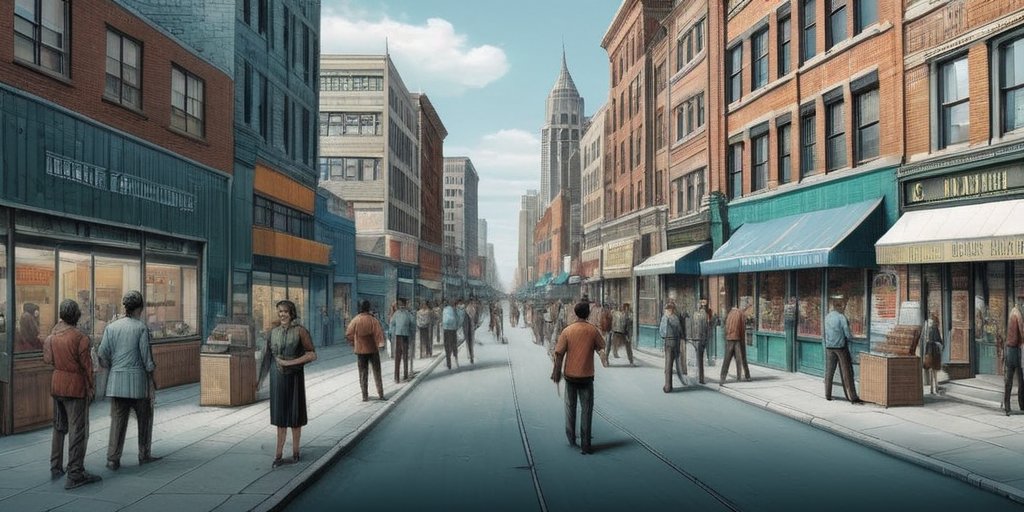In recent discussions surrounding the U.S. labor market, a troubling trend has emerged as companies grapple with workforce shortages. President Donald Trump’s ongoing crackdown on immigration is significantly impacting businesses across the nation, such as Total Quality in Maryland, where executive Victor Moran has seen his workforce dwindle as immigrants lose temporary protections against deportation.
Since Trump championed the effort to strip protections from immigrants from Venezuela and Nicaragua, Moran reports losing around 15 employees who had relied on these work permits, and warns that further expansions of Trump’s deportation drive could escalate this number into the hundreds.
The ripple effects of this policy are evident, particularly as U.S. economic sectors increasingly depend on immigrant labor. Census data indicates that nearly one in five workers in the U.S. was an immigrant last year, the highest proportion in decades—an increase from less than 10% in 1994. Trump’s administration has positioned itself against those it identifies as unlawful residents, who constitute an estimated 4% of the U.S. workforce, signaling harsher measures like workplace raids and a broader crackdown on individuals holding various visas, including student visas, while also suspending refugee admissions.
For many employed immigrants, fear surrounds their future. Justino Gomez, a 73-year-old Salvadoran immigrant, highlights the stress of living under threat of deportation. Despite holding a Temporary Protected Status (TPS) work permit, Gomez expresses fear that his status could also be revoked, which jeopardizes not just his livelihood but also the educational opportunities he’s afforded his adopted daughter in El Salvador.
Economic analysts like Giovanni Peri from the University of California, Davis, cautions that the long-term effects of Trump’s immigration policies will likely disrupt the economy. As potential workers are driven into hiding or deterred from entering the workforce, companies may struggle to find necessary labor, stunting growth and leading to inflation as firms may be forced to raise wages to attract a dwindling pool of employees.
Moreover, sectors such as healthcare are already feeling the brunt of these changes. Esmail Porsa, CEO of Harris Health System in Texas, states that training native workers to fill the void left by departing immigrants will take considerable time, and the aging population intensifies this urgency.
In contrast, Adam Lampert, the CEO of Cambridge Caregivers, emphasizes the irreplacability of this workforce, noting that his 350 staff members comprise about 80% foreign-born employees. Trump’s policies have already exiled some authorized immigrants from their roles, creating future challenges in staffing and possible increases in service costs.
As the U.S. faces a dichotomy between a need for immigrant labor and a political agenda that seeks to restrict it, the consequences could lead to a less dynamic economy and growing inflation, resembling patterns observed in nations that restrict immigration substantially, such as Japan. Only time will tell how these policies unfold and what they mean for the future of the American workforce and economy, with many calling into question Trump’s approach to immigration as a cornerstone of national employment strategies.
